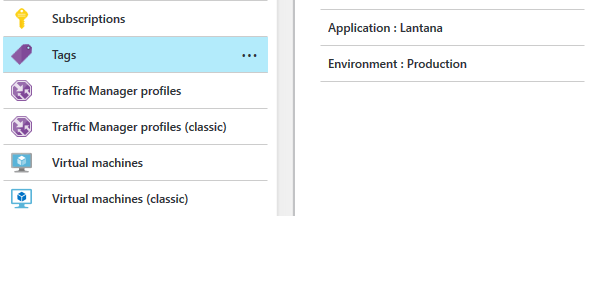Stopped (Deallocated):
In this state, the instance is stopped through the management portal. This option is available at the bottom on the management portal. If you shut down the VM from here, it goes to the stopped (deallocated) state.

Stopped (Deallocated) instance doesn’t cost for VM compute hours. It only cost for the VHD storage for same VM.
Here is a snapshot of a portal showing VM status:

Using PowerShell, you get:
Stop-AzureVM –servicename “<cloudservice>” –name “<name>”
This will change the Public IP assigned. If the VM is in de-allocated state, then its IP gets detached (if a static IP is not assigned).
Stopped:
This happens if you shut down the instance through the machine itself. For eg:
- Windows – start--> shutdown.
- Linux – shutdown –p now, init 0.
In the stopped instance, though the machine does not run. However, it will still cost the VM compute hours and VHD storage.
Again with PowerShell:
Stop-AzureVM –StayProvisioned
So, there are some tricky holes which can cost you more. You need to be careful about these areas. While it is a small component, it can still leave a big impact on your bills.





